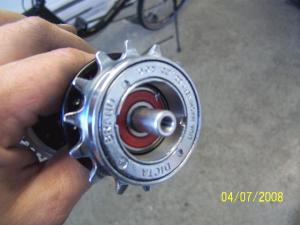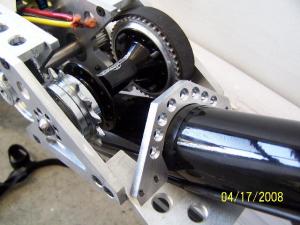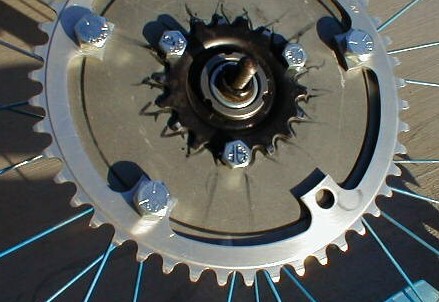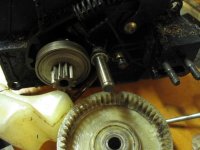This is a generalization I've been trying to flesh out by reading the post archives here and posing questions in a few other threads. It's difficult to settle out the pros and cons of various means of speed reduction since most information online pertains to industrial and automotive applications. For an ultra lightweight bicycle, what is considered the ideal? The timing belt to one or two jackshafts with final chain or timing belt would seem to be best for noise. A gearbox is a bit louder but slightly more efficient? Helical gearboxes are superior to spur gear boxes, because increased mesh area delivers more torque per weight/size and lessens noise. But most of the gearboxes that are affordable seem to be simply spur geared.
If low noise and vibration is a premium, and I'm guessing it is for most of you, just how objectionable are some of these approaches?
I realize that it's hard to generalize even within the scope of E-bikes. Exactly where the speed reduction is applied is going to make a difference. To the rear wheel; to the pedal cranks; friction driving the rear tire; etc. But where it can be made to fit the design, are timing belts and jackshafts pretty much the ideal for the efficiency, weight, bulk, performance, and noise goals of a motorized bike?
If low noise and vibration is a premium, and I'm guessing it is for most of you, just how objectionable are some of these approaches?
I realize that it's hard to generalize even within the scope of E-bikes. Exactly where the speed reduction is applied is going to make a difference. To the rear wheel; to the pedal cranks; friction driving the rear tire; etc. But where it can be made to fit the design, are timing belts and jackshafts pretty much the ideal for the efficiency, weight, bulk, performance, and noise goals of a motorized bike?






